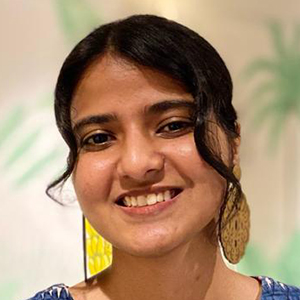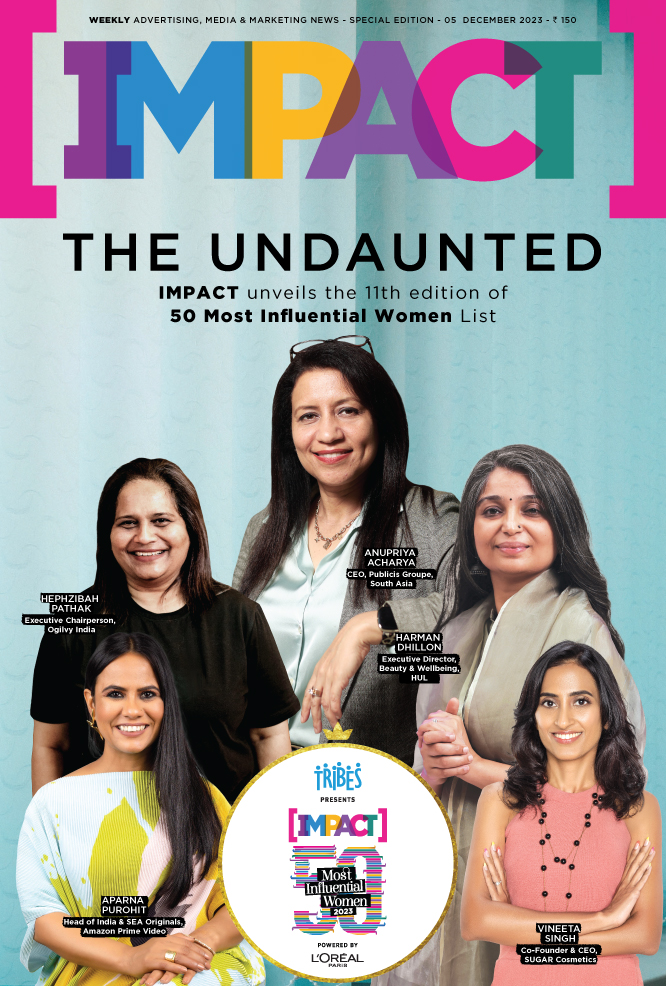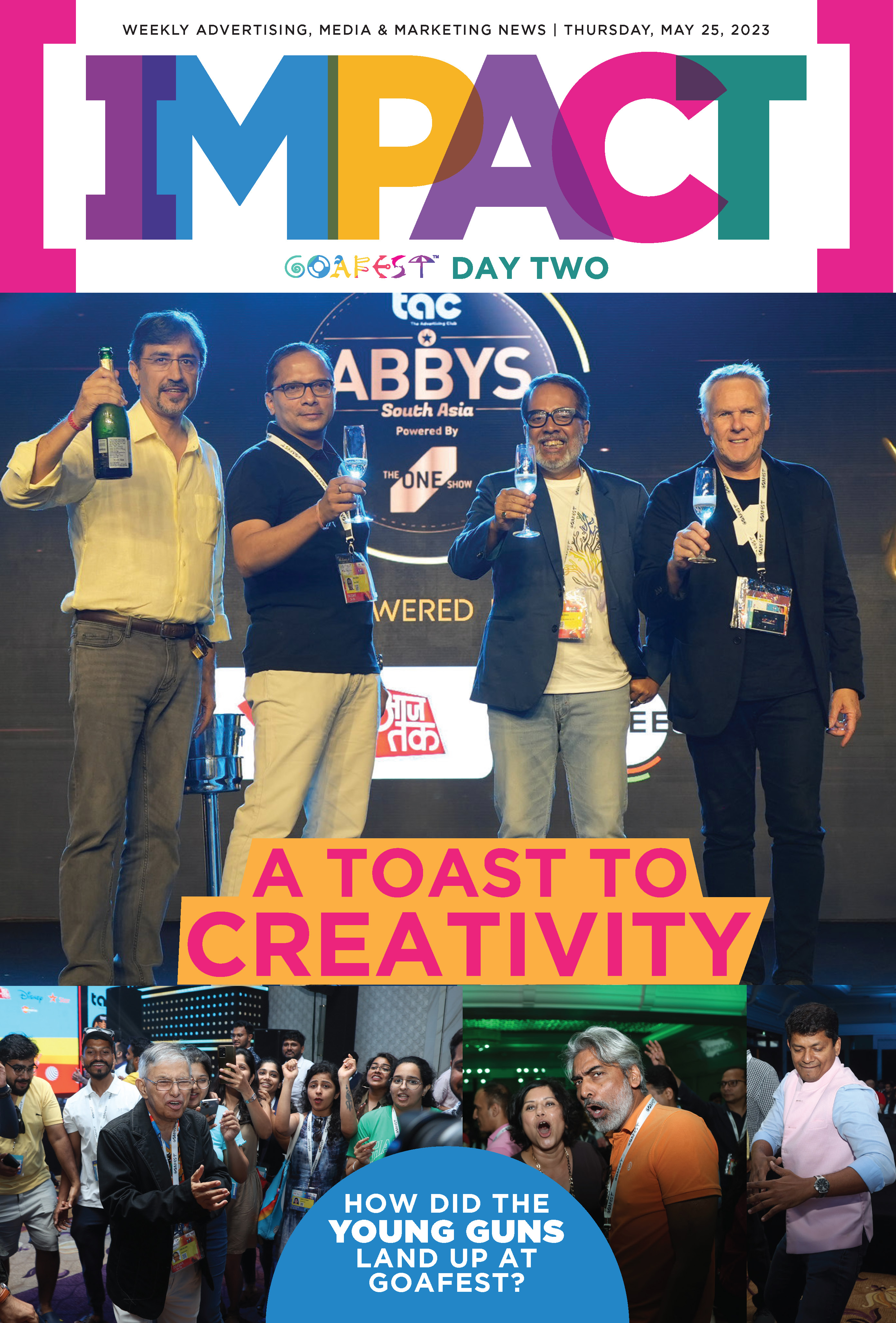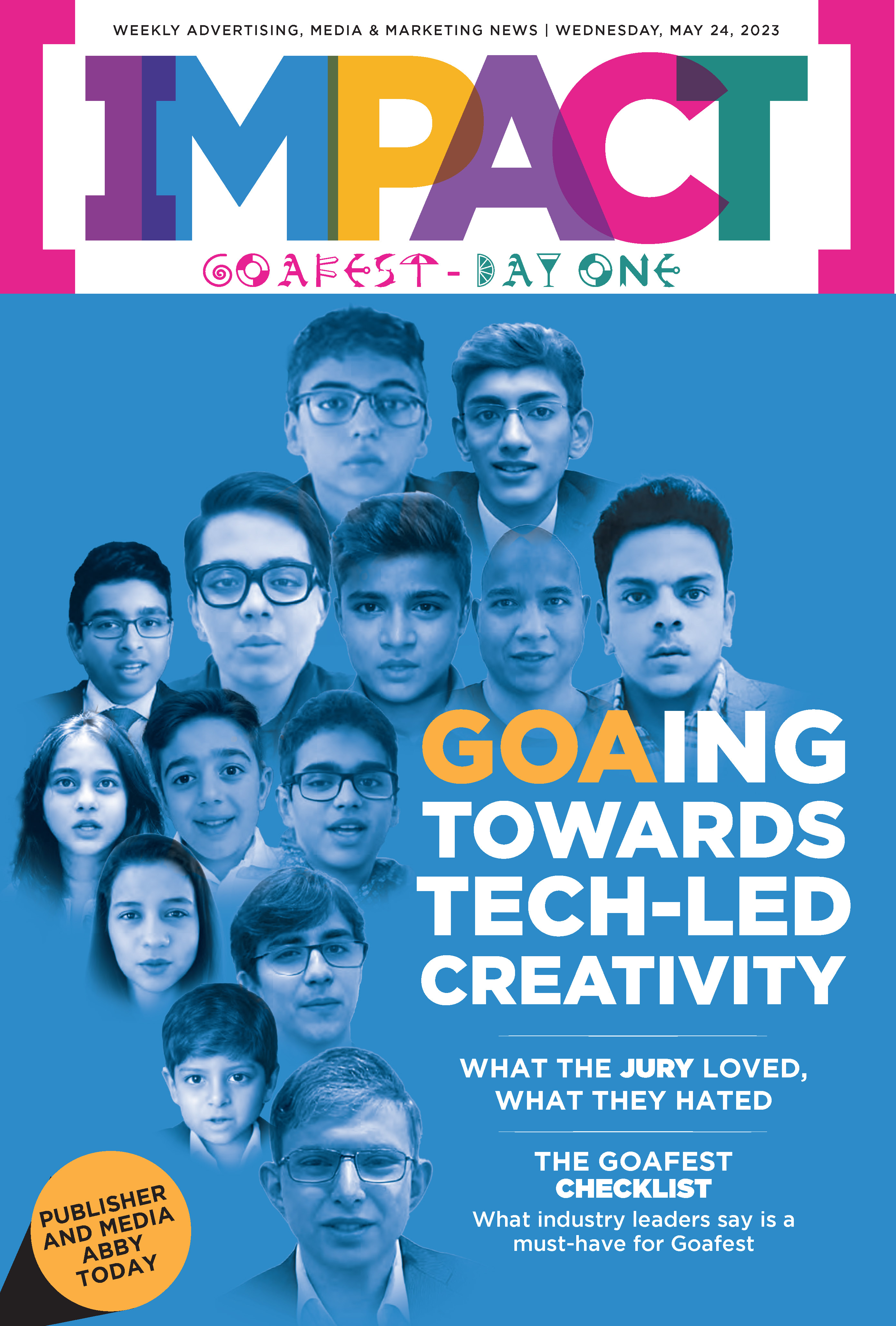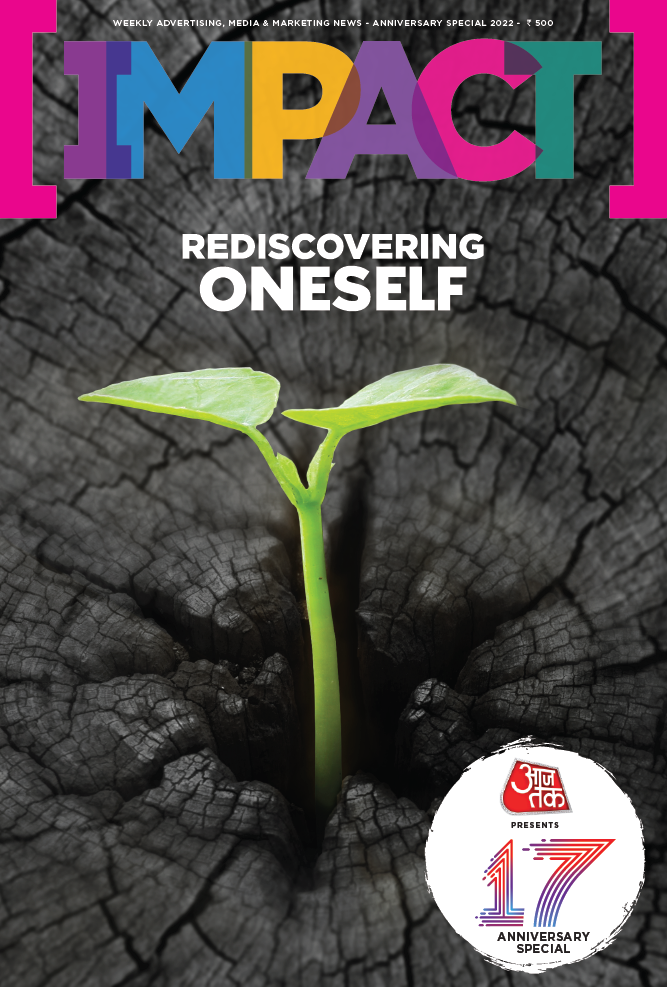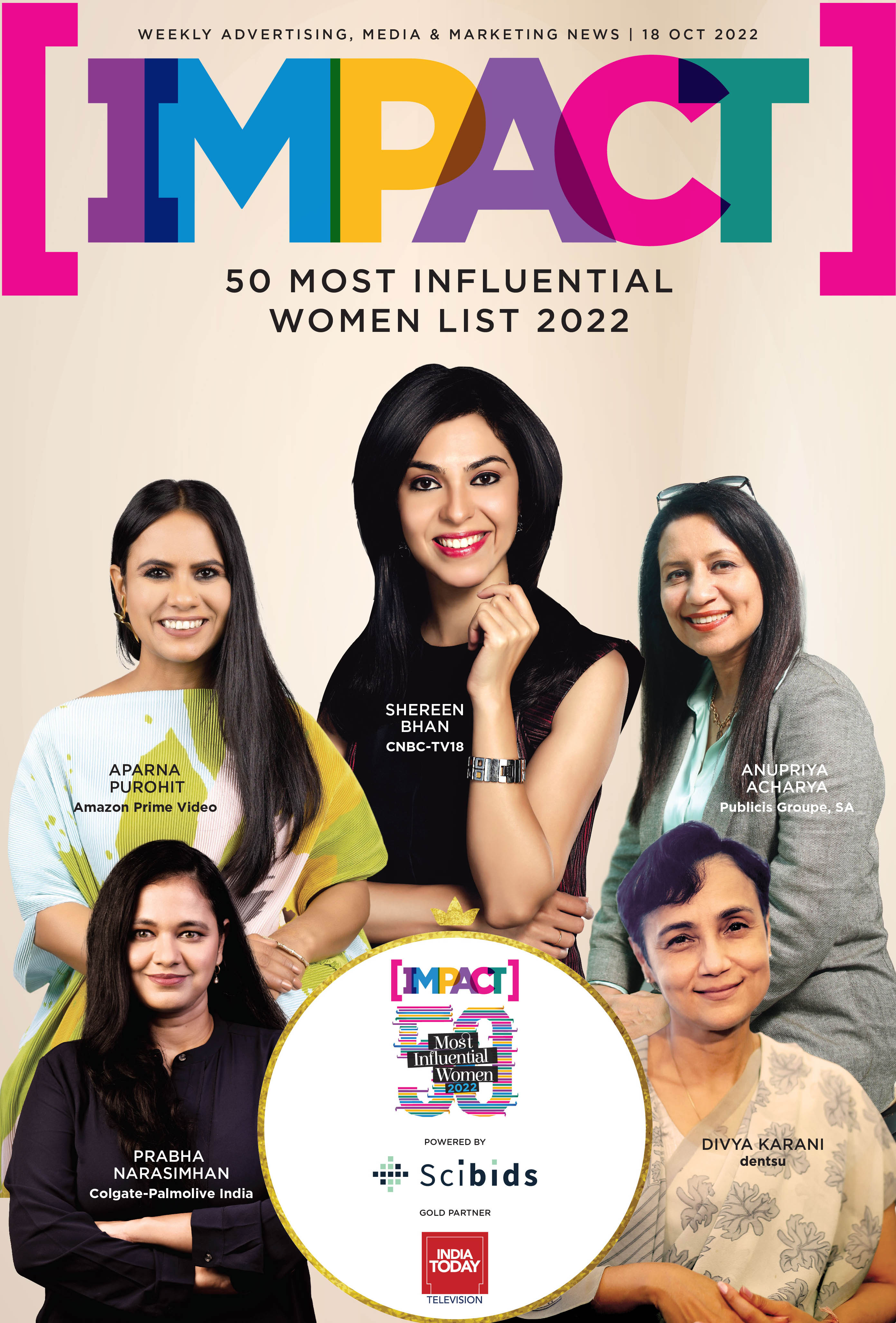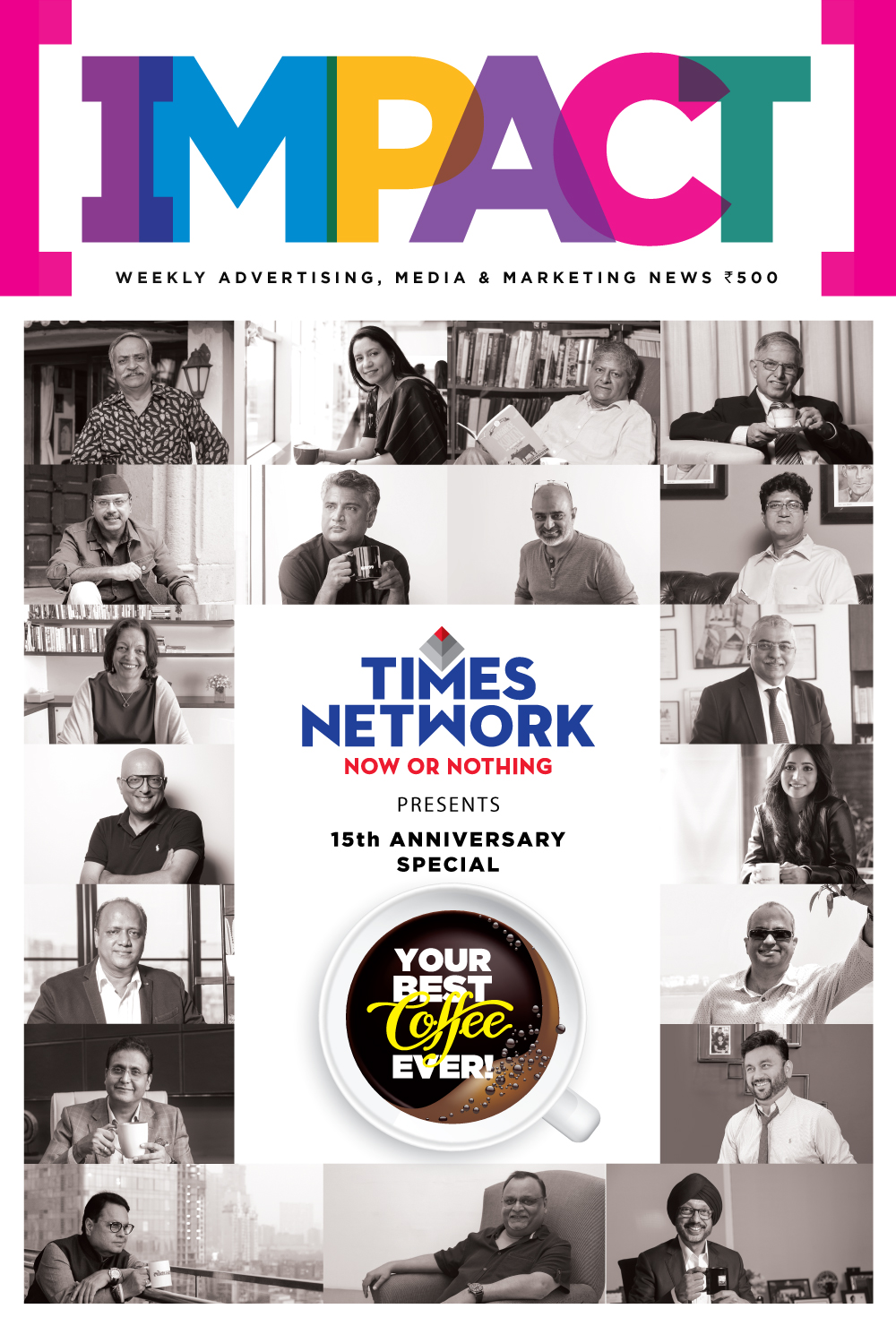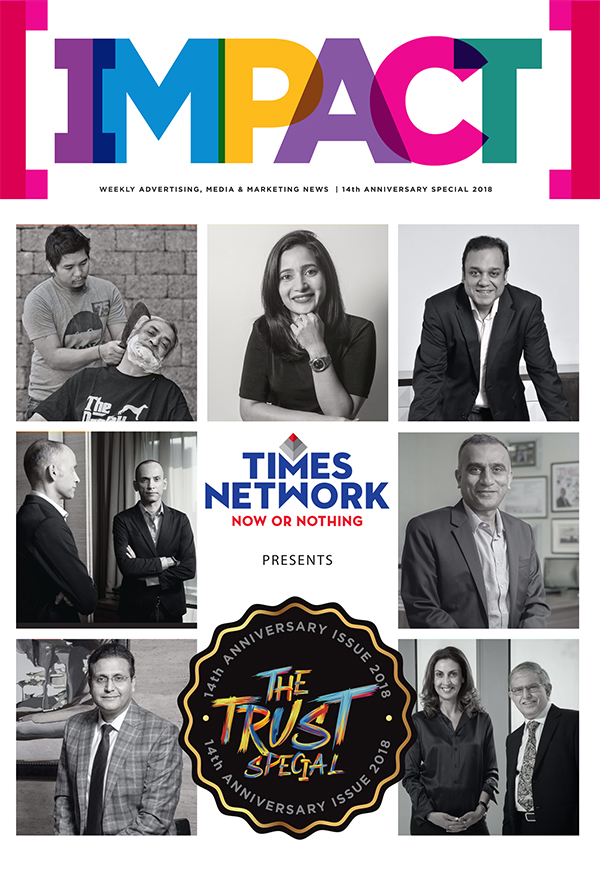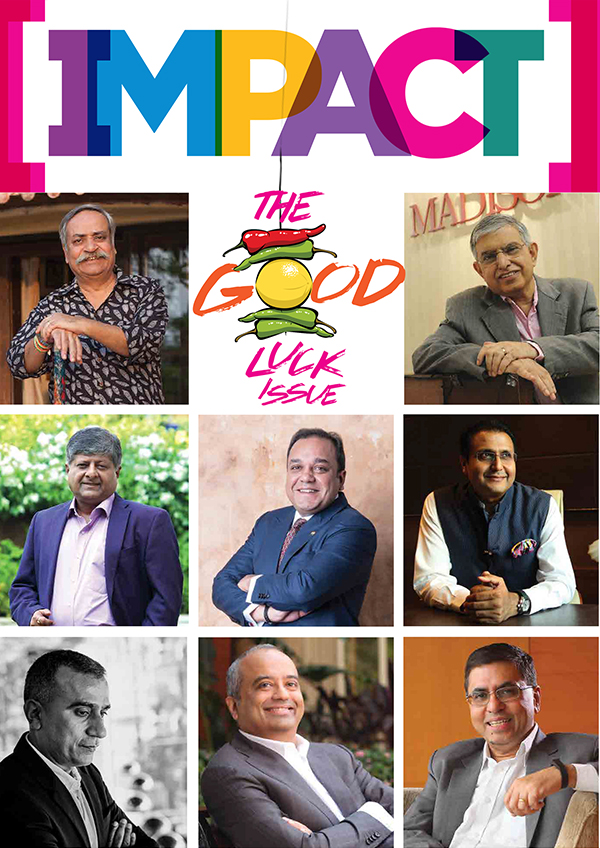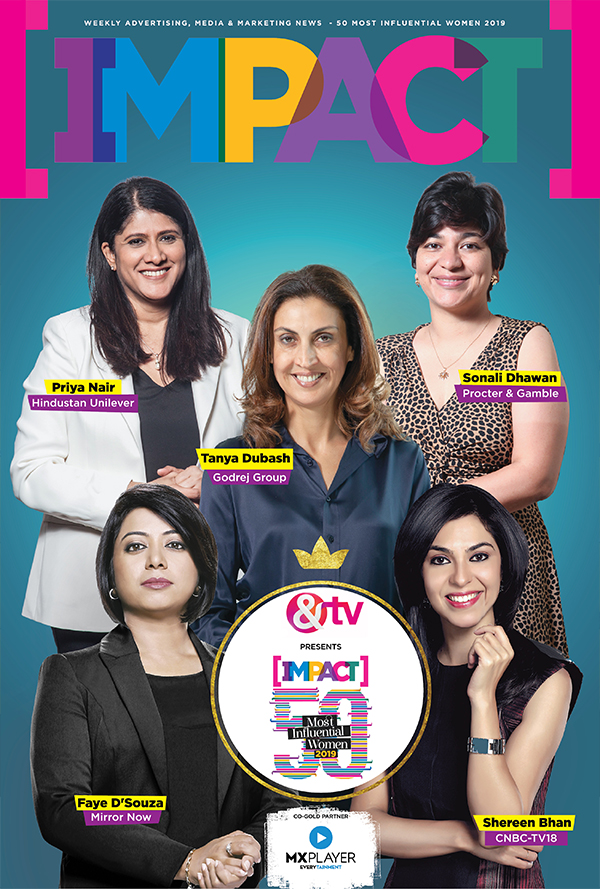Q] Oppo’s recent campaign, ‘Live the Aawara Life’, struck a chord with audiences. What was the core insight behind this campaign?
At Oppo, everything begins and ends with the consumer. Every campaign is rooted in deep consumer research and concludes with validation to ensure our creative and business hypotheses resonate. The ‘Live the Aawara Life’ campaign was no different. As we engaged with our core audience, young adults aged 18 to 35, many just starting their careers, we unearthed a key insight: this generation deeply cherishes the carefree freedom of their pre-work life, a time when spontaneity and exploration weren’t luxuries. As they transition into structured work routines, that sense of freedom becomes nostalgic and aspirational.
Our global brand philosophy, ‘Make Your Moment’, is about empowering people to live life on their terms and make their own mark. The Aawara campaign perfectly reflects this, speaking to young achievers who seek to retain that spirit of freedom. We redefined the meaning of ‘Aawara’ from its old connotations to a more modern, positive expression of living life authentically and on your own terms. It’s a fresh, culturally rooted narrative that aligns seamlessly with Oppo’s evolving identity as a brand that enables youthful ambition and self-expression.
Q] Siddhant Chaturvedi, Ishaan Khatter, Ranbir Kapoor, and Konkona Sen Sharma have all been associated with Oppo. Does involving celebrities help drive relatability among Gen Z and millennial audiences?
Every Oppo campaign is built on two key pillars: a strong consumer insight and an impactful way to deliver that message. While insights are our starting point, how we bring them to life, often through the right star power, makes all the difference.
Take our earlier campaign with Konkona Sen Sharma, a nostalgic nod to Wake Up Sid. For millennials, that film is iconic, and using a cast member from it added depth and authenticity. We’re very deliberate with celebrity choices, they must align with the concept and also resonate with the brand’s values or our audience’s mindset.
In the case of ‘Aawara Life..’, Ranbir Kapoor was the perfect fit not just because the song belonged to his grandfather’s classic film, Aawara (1951), but also because his career reflects a path of individual choices and non-conformity, much like the spirit of the campaign. His personal journey mirrors the freedom and authenticity we’re celebrating.
We also look at cultural undercurrents like nostalgia as a storytelling tool. Many brands tap into it, but we aim to make it more meaningful by ensuring relevance to our target audience and collaborating with personalities who genuinely embody that emotion. Star power works best when it strengthens the story; otherwise, it’s just another familiar face on screen.

Q] Can you share how you are balancing storytelling within a product showcase in these campaigns with attention spans getting shorter?
At Oppo, we’re very clear in our creative approach, whether brainstorming internally or briefing our agency partners, our mandate is simple: we don’t want traditional advertising assets. In today’s content-saturated world, we’re competing for attention, not just wallets.
That’s why storytelling takes precedence over overt product promotion. Our products are designed to enable and enhance people’s lives, and that’s exactly how they appear in our films—as enablers, companions, or silent partners in the narrative, never as the focal point. This philosophy is a key reason why our campaigns resonate so deeply, earning both audience love and industry recognition.
Q] In a cluttered smartphone market, how is Oppo positioning itself differently in terms of marketing and advertising?
Storytelling is at the heart of everything we do. While certain campaign assets are designed for performance and conversions, with our Reno and Find series, the focus is always on building a strong brand narrative, not pushing product specs. We believe young audiences don’t connect with brands that simply sell features. They look for shared values, attitude, and a reason to choose one brand over another, and that’s what we aim to deliver.
We also pride ourselves on ensuring every campaign offers something fresh. We don’t recycle ideas; instead, we strive to create something new and relevant each time. Many of our campaign directions are cracked internally, born from deep research and extensive brainstorming by the brand team, with creative partners helping us bring them to life. That’s why our work often becomes conversation-worthy, grabbing attention not just from consumers but also media and pop culture observers. It’s something we work hard at, and we’re proud to consistently achieve it.
Q] For Oppo, what is the preferred mode of advertisement? Are you more of a digital first and traditional later brand or do you balance both?
We design our media mix with a clear focus on consumer behaviour, and like many categories today, our audience is increasingly digital-first. Purchase journeys are no longer linear, so we prioritise digital platforms where our consumers actively engage.
That said, our media mix is balanced. While digital remains the core, we also leverage traditional media, TV, OOH, print, and activations, each serving a specific role. For instance, print and OOH are effective in regional markets where localised reach is key. We’re also leaning more into OTT platforms, given the shift in viewership from traditional TV to streaming. In short, we’re digital-first but mindful of audience preferences across markets, ensuring our media strategy reflects a well-rounded, consumer-led approach.
Q] How difficult is it for a company to blend both of these mediums and work together?
It’s actually not difficult for us to strike the right media balance because our strategy is entirely consumer-first. The question isn’t whether to include TV or print, it’s about identifying where our audience is and meeting them across relevant touchpoints.
If they’re watching TV, it goes into the mix. If print still works in Tier 2 to 4 cities, we use it there. The key is understanding evolving media habits. The real challenge lies in managing costs, as some channels are more expensive than others, so we optimise our outlay accordingly. But from a strategy standpoint, as long as we stay focused on the consumer, the media mix naturally falls into place.
Q] Looking ahead, how is Oppo’s marketing strategy evolving with the rise of AI content, creator-led commerce, and regional digital engagement?
We’re already integrating new channels into our media mix, especially through regional and creator-led marketing. Once the main brand narrative is established, we roll out strong influencer-driven campaign legs focused on vernacular and regional content reflecting how audiences across the country consume media today.
On the tech front, AI is already embedded in our products, and we’re actively incorporating it into our marketing processes as well, particularly in creative development. We also encourage our agency partners to bring in the latest martech solutions to enhance campaign efficiency and effectiveness.
Staying aligned with both tech trends and evolving consumer behaviour is a constant priority for us, ensuring that all our efforts remain relevant and impactful.
PROFILE
Sushant Vashistha is the Head of Product and Digital Marketing at OPPO India, serving as the brand’s spokesperson and strategic lead for its major campaigns and marketing initiatives. He oversees product messaging and launches, such as the memorable ‘Live in the Moment’ campaign for the Reno 13 Series, which blends advanced AI features with emotionally resonant storytelling.
ABOUT THE BRAND
Oppo, founded in 2004 and headquartered in China, is a major global Consumer Electronics brand primarily known for its smartphones and related devices. With a presence in over 60 countries and tens of thousands of employees, Oppo delivers innovative products combining hardware, software (via its proprietary ColorOS), and services to more than 300–700 million users worldwide.



